View Item Price History on Amazon, Best Buy And NewEgg
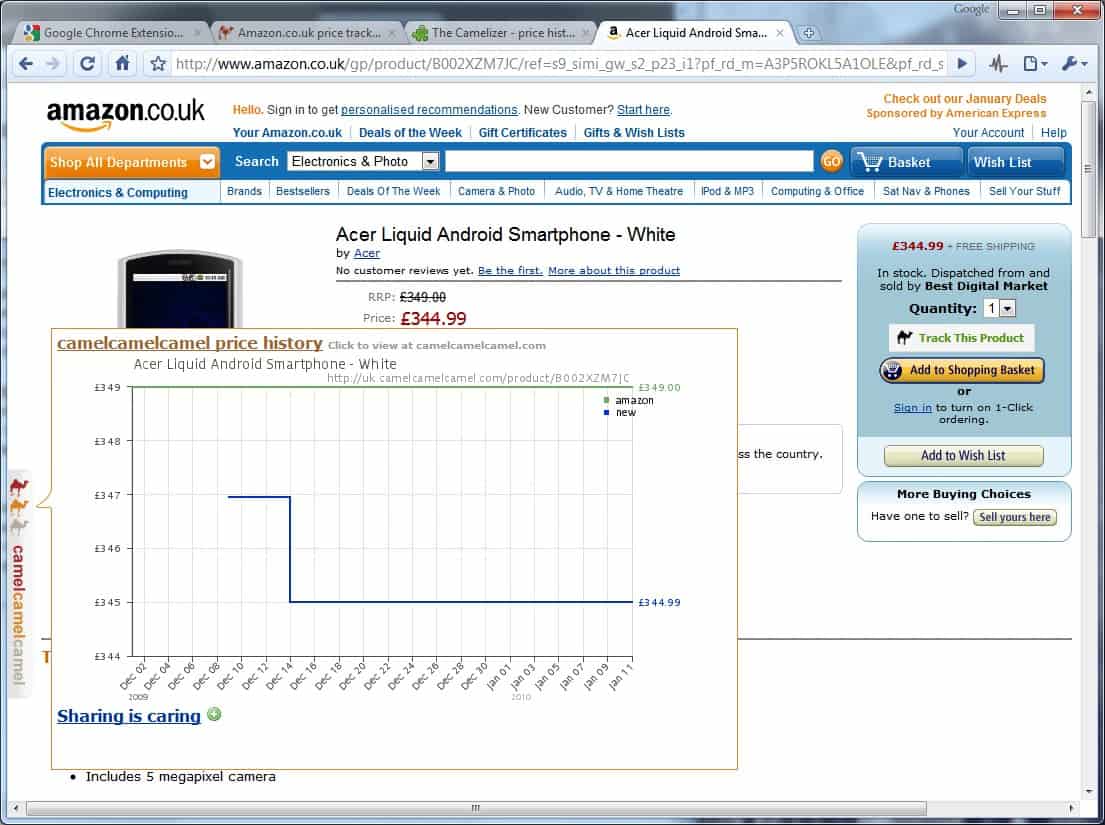
Some people buy items whenever they want without taking actual need or the pricing history of an item into account. It is clear that some items need to be purchased right away but for the majority of items that is not necessarily the case.
Need that new PC right away or can you wait another month to buy it on Black Friday instead or during a sale? If your old PC broke down then you may have little choice but if it still works, waiting may save you some money or get you a better deal when a refresh of a product line becomes available.
If you know that the price of an item is going to drop soon, or if it will be refreshed, then it often makes sense to wait that time to get a better bargain or product.
The Camelizer Price History Tracker
The Camelizer for Mozilla Firefox and Google Chrome aids users by maintaining a price history of items that you find on popular shopping sites such as Amazon, Best Buy, Newegg, Backcountry, Overstock or zZounds.
The two major features that it provides are are price history charts that you can access on product pages on supported shopping sites, and the option to track specific items to receive alerts whenever their price drops.
The extension displays a small icon on the left side of the screen which you can use to expand the price chart on the page. This displays the price history of the item if it is already tracked by the service. The price history is recorded for items offered by the store but also by third parties if the shopping site offers that feature.
On Amazon for example, it means that it tracks Amazon's own price as well as that of merchants offering their goods on the Amazon Marketplace.
Sharing options can be enabled to share the price history chart, the shopping page or the page on the Camelizer website with others.
The option to track products comes in handy in two situations: when no price history chart is available, and when the current price is too high as you may prefer to wait for a price drop in that case.
Since it is comfortable to receive alerts when that happens, you can be sure that you won't miss it.
A click on the Track this product link that is displayed on all product pages leads to a page on the Camelizer website where you can add it to the list of tracked items.
There it is possible to create price alerts whenever the price of the selected product drops below a certain price level. Alerts are send to an email address or Twitter account, and registration on the website is not required to track item prices.
The Camelizer supports country specific stores as well, for Amazon it is the US, UK, Canadian, German, Japanese and French store.
Camelizer is an interesting add-on. The fact that many prices are already tracked makes it a valuable tool for many users who shop at the supported websites. The Camelizer can be downloaded for Google Chrome or Mozilla Firefox.
The website of the service is interesting as well as it displays the top daily and weekly drops at the supported online shopping sites with the option to filter these by category. Good for users who are looking for bargains.





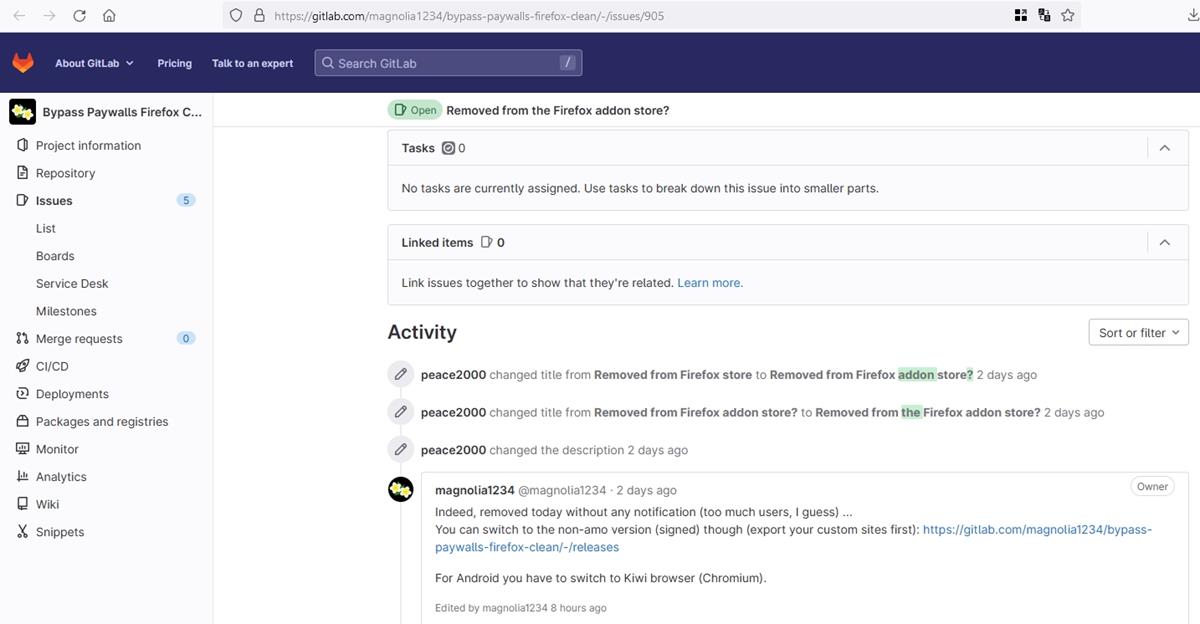
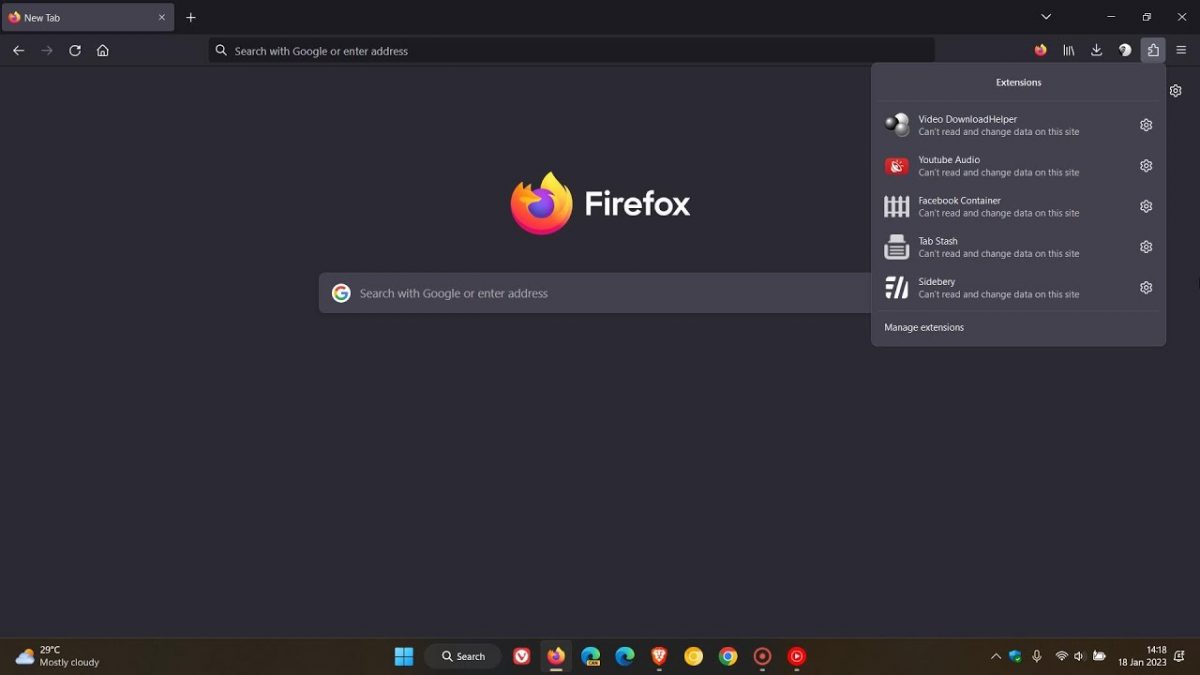



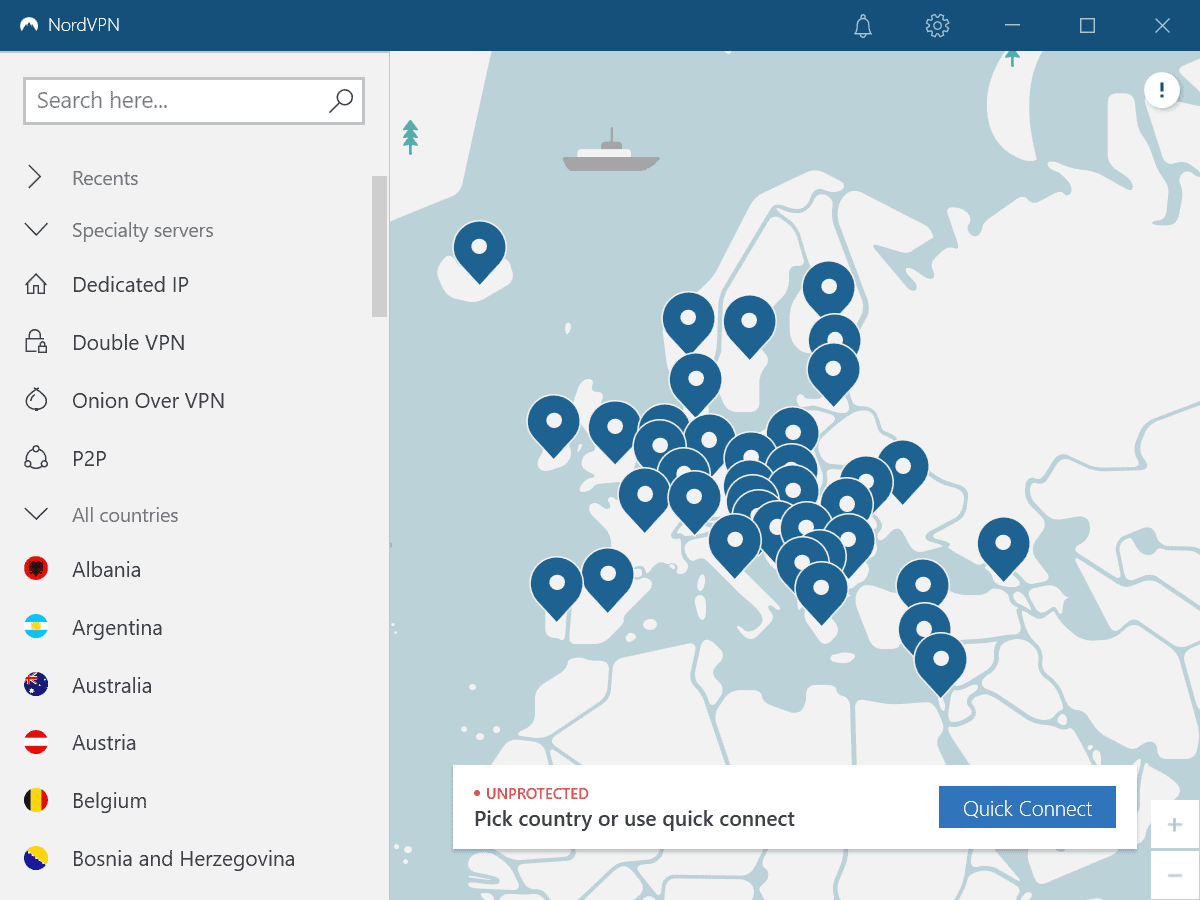
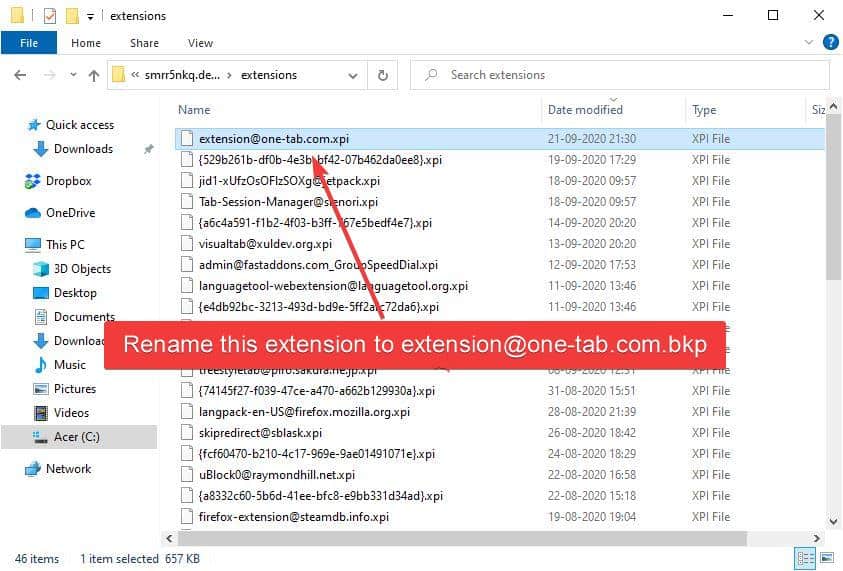
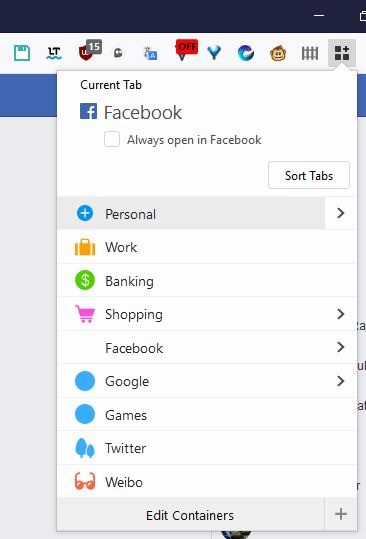











This might be old, but Glass It Price Tracker does the same thing now in terms of price history lookups for different websites and price tracking
I can see how this could be very handy. It’s always important to make sure you’re getting the best deal on things. My parents taught me how to be frugal when I was growing up and it’s stuck with me ever since.
Very good situation. I marginally bookmark your own blog along with wishes to say the I sell for real enjoyed whereas appraisal a posts. Gratitude do-it-yourselfers into sharing your patterns together with the totality of..
Nice article, thanks for the mention!